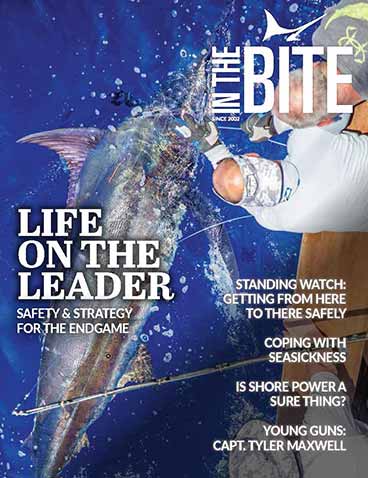West Coastin’: SoCal’s Bluefin Obsession
Ask any SoCal angler about fishing for bluefin tuna, and youll likely get conflicting answers ranging from "They are the hardest fish to catch" to "They chewed the paint off the boat!" and "We couldnt stop them, they were so big," among many more”and theyd all be right. Our bluefin













